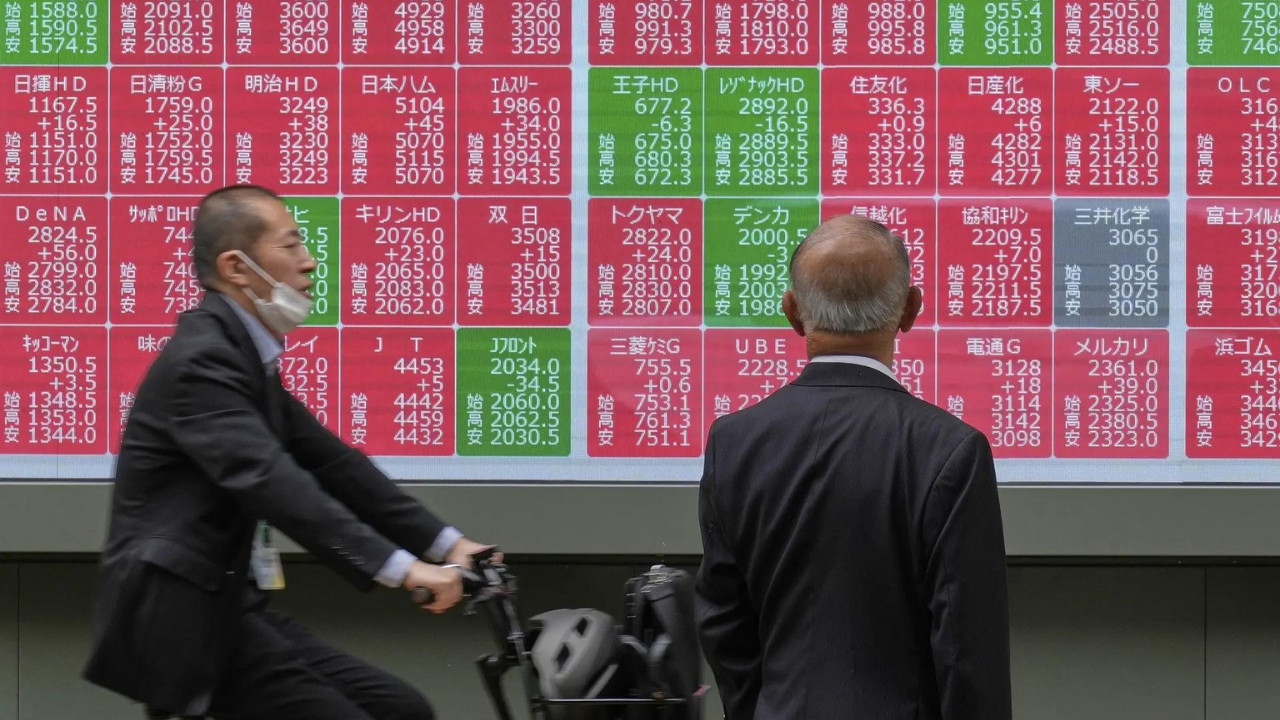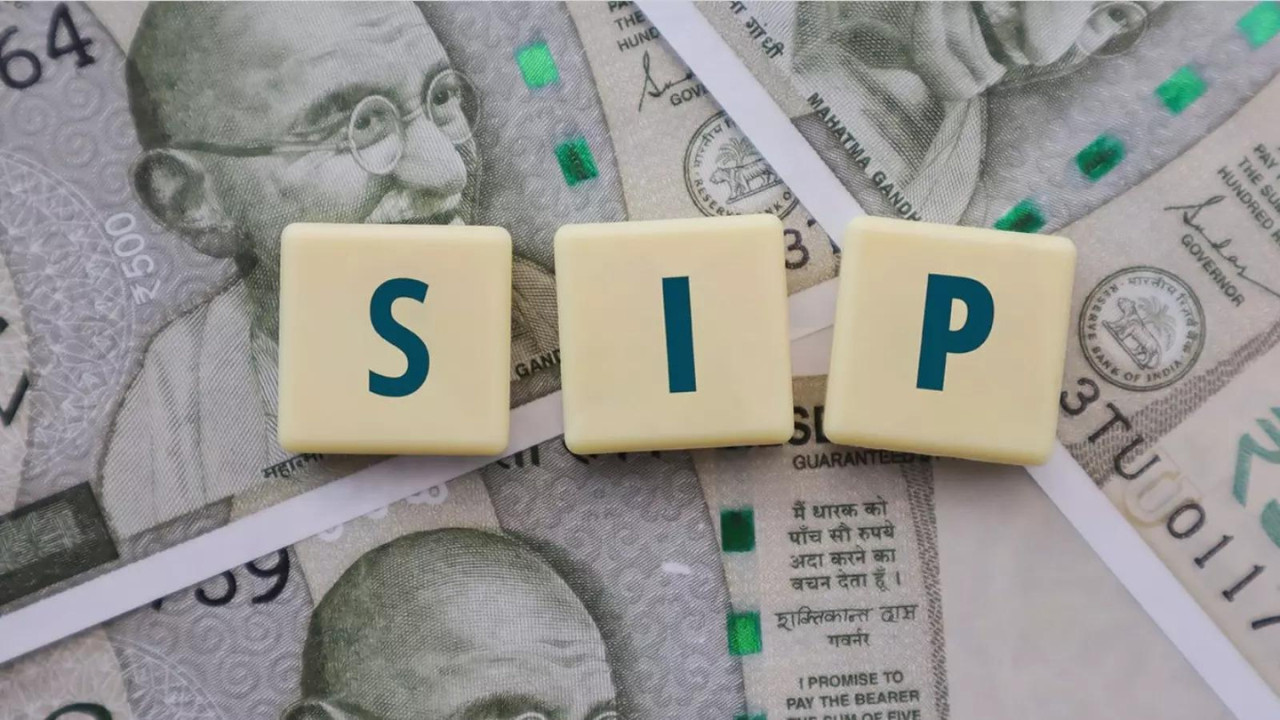Asian shares mostly declined amid light trading due to the US Memorial Day holiday. The Bank of Japan hinted at potential interest rate hikes following governor Ueda’s remarks on rising inflation, particularly soaring food costs. Oil prices dipped, while currency markets saw the US dollar weaken against the yen and the euro. US stock futures indicated positive movement.
A Collective Sigh? Asian Markets Take a Breath After the US Holiday
Okay, let’s talk markets. Specifically, let’s peek behind the curtain at what’s happening in Asia while our friends in the US are enjoying a well-deserved Memorial Day break. You know how sometimes the energy just…shifts when a major player steps away from the game, even for a day? That’s kind of what we’re seeing across Asian exchanges.
Instead of a dramatic crash or a roaring surge, we’ve got this feeling of…hesitation. A collective pause. Most Asian shares edged slightly lower today. It’s not exactly panic stations, but it’s definitely not a party either. Think of it like the quiet before a potential storm, or perhaps just the quiet before the normal workday chaos resumes.
Now, why this subdued atmosphere? Well, a few things are likely in play. With Wall Street closed, there’s a natural lack of direction. The US markets, let’s be honest, are the big kid on the block. Their absence creates a void. Asian investors, often taking cues from overnight movements in the States, are left a little rudderless. It’s like trying to navigate a ship without a compass. You can still sail, but you’re not quite sure where you’re going.
The MSCI’s broadest index of Asia-Pacific shares outside Japan dipped slightly. We saw similar stories unfolding across various exchanges. Japan’s Nikkei, for instance, experienced a little wobble. Hong Kong stocks also saw a downward slide, although the reasons for that are a bit more multifaceted and tied to their own unique economic and political landscape, something we might explore in more detail later. Even mainland Chinese blue chips felt the gentle pull downwards.
But it’s not all doom and gloom. Let’s be clear, these aren’t massive sell-offs. It’s more like a subtle readjustment, a taking of stock (pun intended!).
Another factor contributing to this cautious mood is the lingering uncertainty surrounding global interest rates. The big question on everyone’s mind is: when are central banks, particularly the US Federal Reserve, going to start cutting rates? We’ve been hearing rumblings for months, but concrete action remains elusive. This uncertainty breeds a level of risk aversion. Investors become a little less willing to jump into new positions, preferring to sit on the sidelines until there’s more clarity. It’s a sensible strategy, especially in the current climate.
Then there’s the economic data. We’re constantly bombarded with figures – inflation rates, GDP growth, unemployment numbers – each one painting a slightly different picture of the global economy. It’s a complex puzzle, and putting all the pieces together takes time. Some recent data points haven’t exactly been stellar, adding to the overall sense of caution. A strong dollar, typically viewed as a safe haven in times of economic uncertainty, certainly isn’t helping Asian markets either.
Looking ahead, what can we expect? Well, tomorrow the US markets will be back in action, and that will undoubtedly inject some much-needed energy and direction into the global markets. Whether that direction is up or down remains to be seen, but at least we’ll have a clearer sense of where things are heading.
It’s worth keeping a close eye on upcoming economic releases, particularly inflation data from major economies. These numbers will be crucial in shaping expectations around future interest rate decisions. Any surprises – either positive or negative – could trigger significant market movements.
For the average investor, what does all this mean? In the short term, it’s a reminder that markets rarely move in a straight line. There will be days of uncertainty and sideways trading. The key is to remain calm, avoid making rash decisions based on short-term fluctuations, and focus on your long-term investment goals.
Remember, investing is a marathon, not a sprint. This pause in the Asian markets could be a fleeting moment, a breather before the next leg of the journey. Or it could be a sign of something more significant. Only time will tell. But staying informed and maintaining a level head is always the best approach.
Perhaps, grab a cup of coffee, settle into your favorite chair, and watch how the markets respond when the US gets back online. It might be the most fascinating show in town. And maybe, just maybe, we’ll finally get a little bit of clarity in this ever-changing economic landscape.
📬 Stay informed — follow us for more insightful updates!







